Museum of Sydney

Beez Neez now Chy Whella
Big Bear and Pepe Millard
Sat 9 Jan 2016 23:17
|
Museum of
Sydney
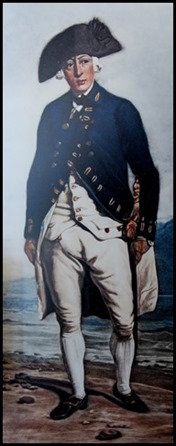 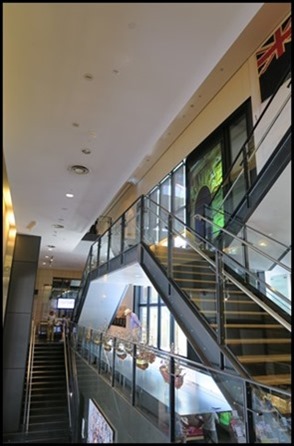 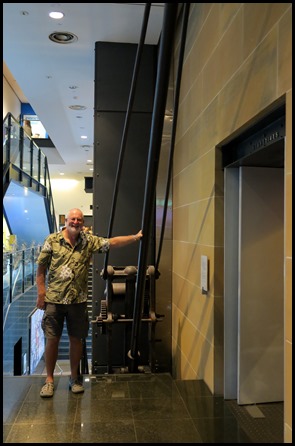 Arthur
Phillip. The modern look of the museum and
Bear with the jib crane.
We started our museum visits with the
Museum of Sydney, partly because it was the first we came to after getting off
the bus and because we had to start somewhere.
Arthur Phillip, Australia’s first
governor, 1788-1792. .....a Man who has seen
much of the Service, and much of the World and studied it. He is possess’d of
g’t [great] good Sense, well inform’d, indefatigable upon Service, is
humane, and at the same time spirited and resolute. Naval Officer Daniel
Southwell describing Arthur Phillip in a letter to the Reverend Butler, 2nd of
August 1787.
Arthur Phillip was the founding
governor of the colony of New South Wales, 2014 was the two hundredth
anniversary of his death on the 31st of August 1814. As commander of the First
Fleet, Captain Arthur Phillip led eleven ships on a remarkable eight-month
journey across the world. The success of the voyage was due to Phillip’s
meticulous planning prior to the fleet’s departure from England. On arrival at
Botany Bay, Phillip found the location unsuitable and searched for a more
habitable spot for the settlement, which he found in Port Jackson – the site of
Sydney today.
From Australia’s first Government
House, where the Museum of Sydney now stands, Phillip ruled the colony with
absolute power and responsibility. His determination and strength as a leader
were tested during the first years of settlement when crops failed, supply ships
did not arrive, his authority was challenged and initial attempts to broker a
harmonious relationship with the local Aboriginal people were largely
unsuccessful.
In spite of these hardships, in just
five years Phillip had laid the foundations of a colony, and today is remembered
for his many achievements.
The cast iron jib crane Bear is
posing with, circa 1820, was located at the north end of a wharf on the west
side of Sydney Cove, part of an impressive complex of warehouses and wharves
owned by trading company Campbell & Co, founded by ‘merchant prince’ Robert
Campbell. Made of cast iron and incorporating a winch drum and drive gears, the
crane assisted with the heavy task of unloading shipments of goods such as
textiles from India and tea from China, and loading exports such as merino wool,
seal oil and skins bound for foreign markets.
The crane was moved to Goat Island in
Sydney Harbour in 1947 where it was kept in working use by the Maritime Services
Board. Realising its historical significance, it was conserved and returned to
the mainland by the NSW National Parks and Wildlife Service which is
responsible for the heritage of the Sydney Harbour National Park.
This jib crane is reputedly the
oldest surviving crane used on Sydney harbour.
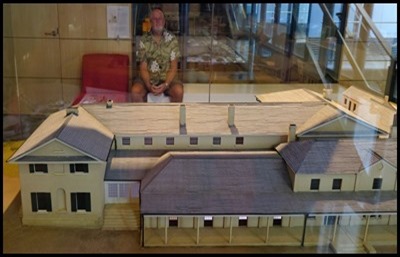 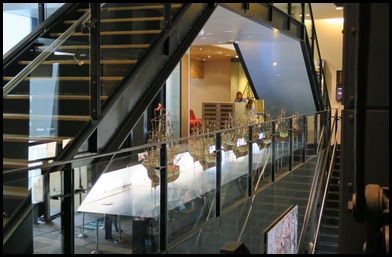 We spent time looking at the model of the Governor’s House and its fascinating
history, watched an interesting video of the excavation and findings, then
looked across to the models of the First Fleet. We were not allowed to take pictures in
that area, but the detailed models and accounts of each ship were quite
something. The months at sea, the officers, crew, convicts, supplies, illnesses,
births and deaths, all very colourful and as a result of that incredible journey
became the birth of the colony.
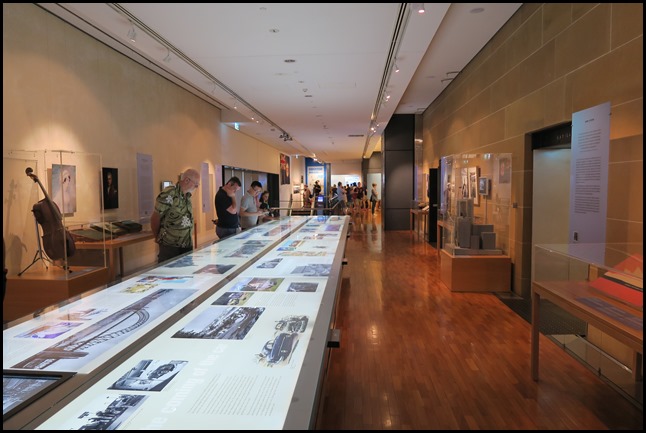 Upstairs, in the
main hall a ‘touch desk’ dominated the space, thousands of pictures of
the building of the Sydney Harbour Bridge, the early settlement and on the walls
some of the key people involved. An alcove led to a window where we could look
down on the footprint of the original Governor’s House and in the next room the
early relationships with the local Aboriginal people.
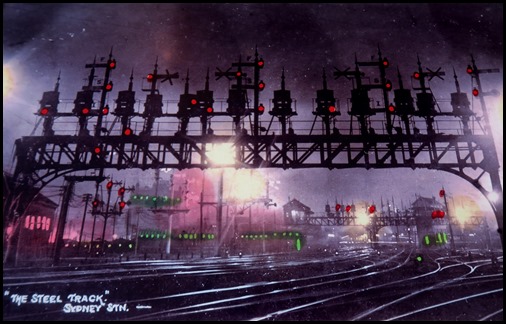 Bear’s
favourite picture.
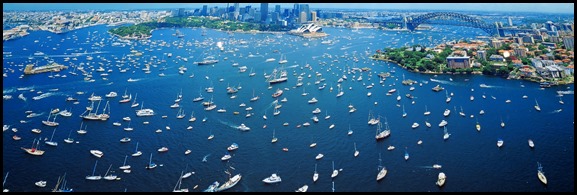 Mine was of Sydney
‘on a quiet afternoon’.
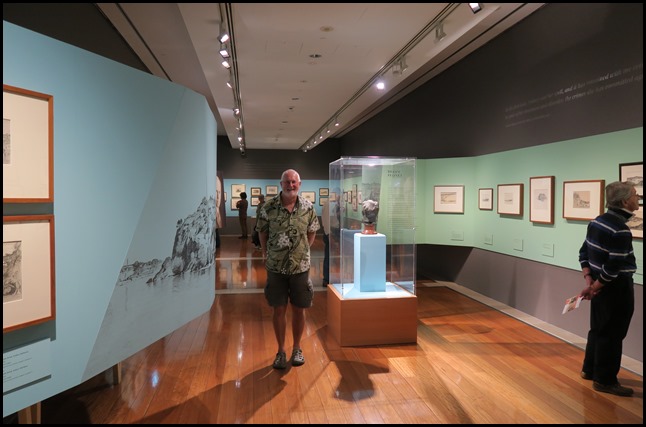 There was an
exhibition dedicated to the life and works of Lloyd Rees, who could draw
a tree better than anyone one else. We sat and watched a video with excepts of
him, his family and friends, then we enjoyed his beautiful drawings and
paintings.
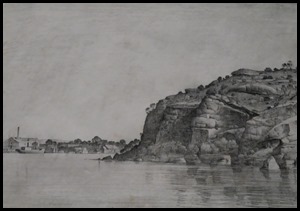 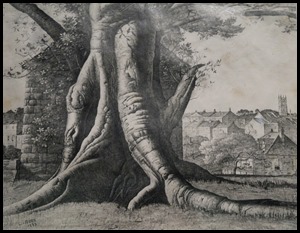 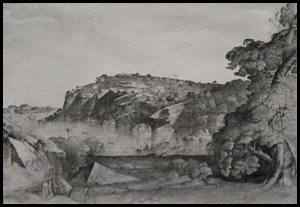 Simply stunning. The attention to detail.
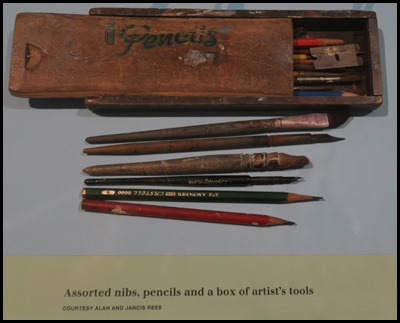 The simple tools
of the trade. Interesting how long Lloyd liked his pencil
leads.
  Back in the main hall along the far
wall was a very long pair of photographs. We had to
take them in sections. and chop the wall space out between them to fit them on
this blog. The top set of Darling Harbour and Parramatta; North Shore; Sydney
Harbour looking North East; City of Sydney – looking South taken by the Freeman
Brothers around 1864. The original photographs are held in the Mitchell Library
NSW.
The pictures below are from the
panorama taken at Sydney Observatory to replicate the Freeman Brothers’ panorama
taken by Christopher Shain in 2008. Sydney Living Museums.
  In 1864 the Freeman Brothers imported
the latest in photographic equipment: a Sutton panoramic camera that allowed
them to take larger panoramic views than this one. Taken in four parts from
Observatory Hill, the panorama gives us a sweeping view of Sydney from the busy
wharves of Darling Harbour across the
densely populated city. One hundred and forty years later Sydney photographer
Christopher Shain set out to re-create the Freeman Brothers panorama from twenty
one photographs ‘stitched together’, Shain’s 2008 panorama depicts a
dramatically different view of Sydney. The changes are many: streets have
disappeared, skyscrapers dominate the city skyline and the working harbour has
been transformed. However, look closely and you will discover some of 1860’s
Sydney remains.
 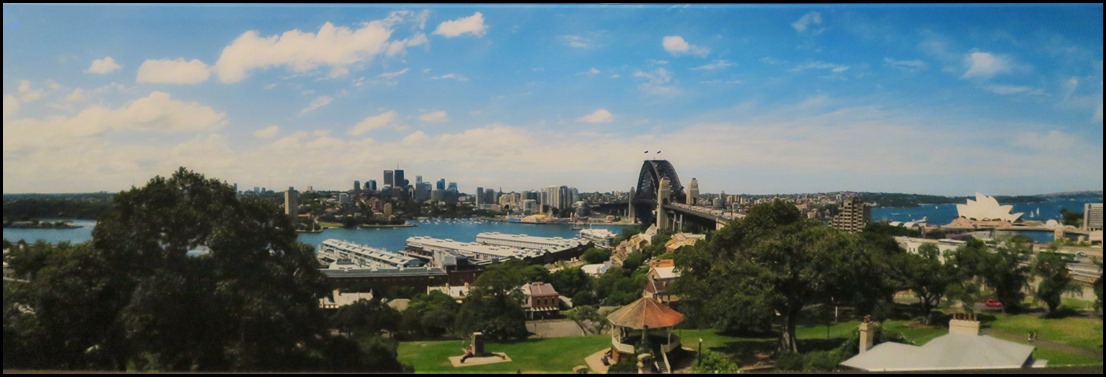    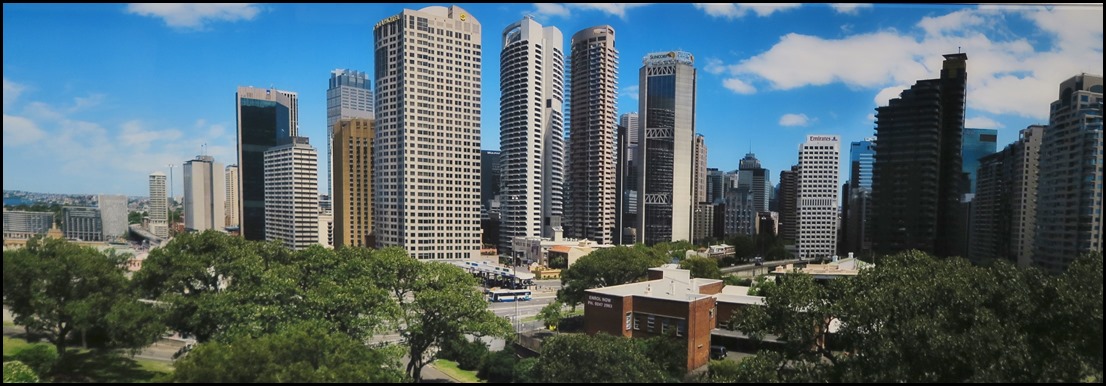 Such changes. A wonderful comparison
between ‘Then and Now’.
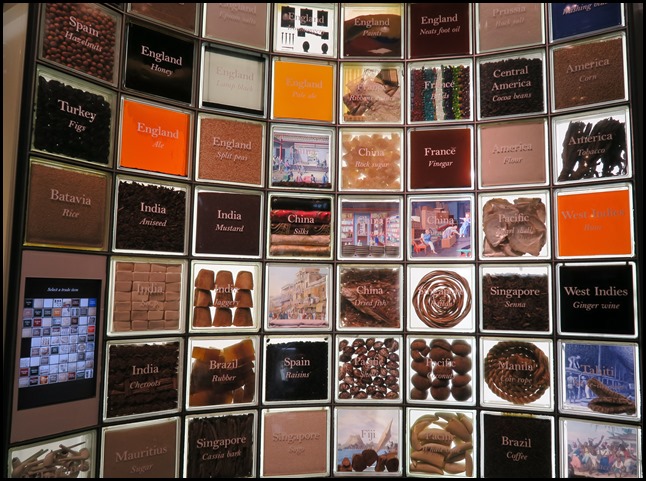 On the half gallery to the right of
the museum we looked at the imported goods to
Australia and where they originated from.
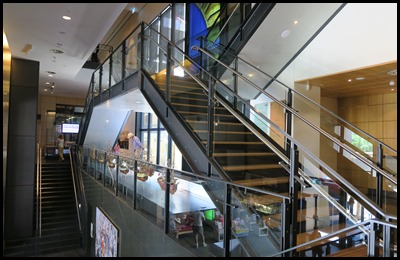 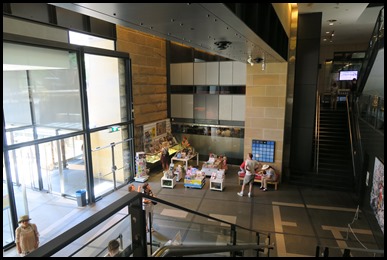 On the opposite
side to where we started. Looking down toward the
small museum shop and cafe beyond.
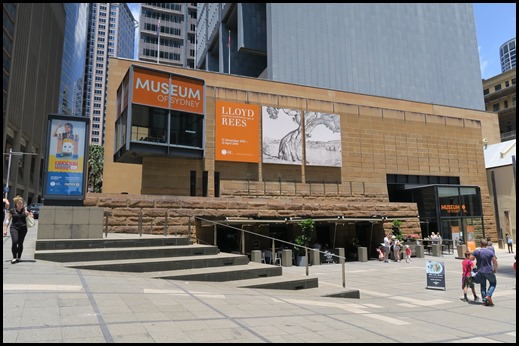 Once more into the heat of the day
having thoroughly enjoyed the Museum of
Sydney.
ALL IN ALL A SUPER SET OF
COLLECTIONS
A GREAT VARIETY OF DISPLAY
TECHNIQUES
|